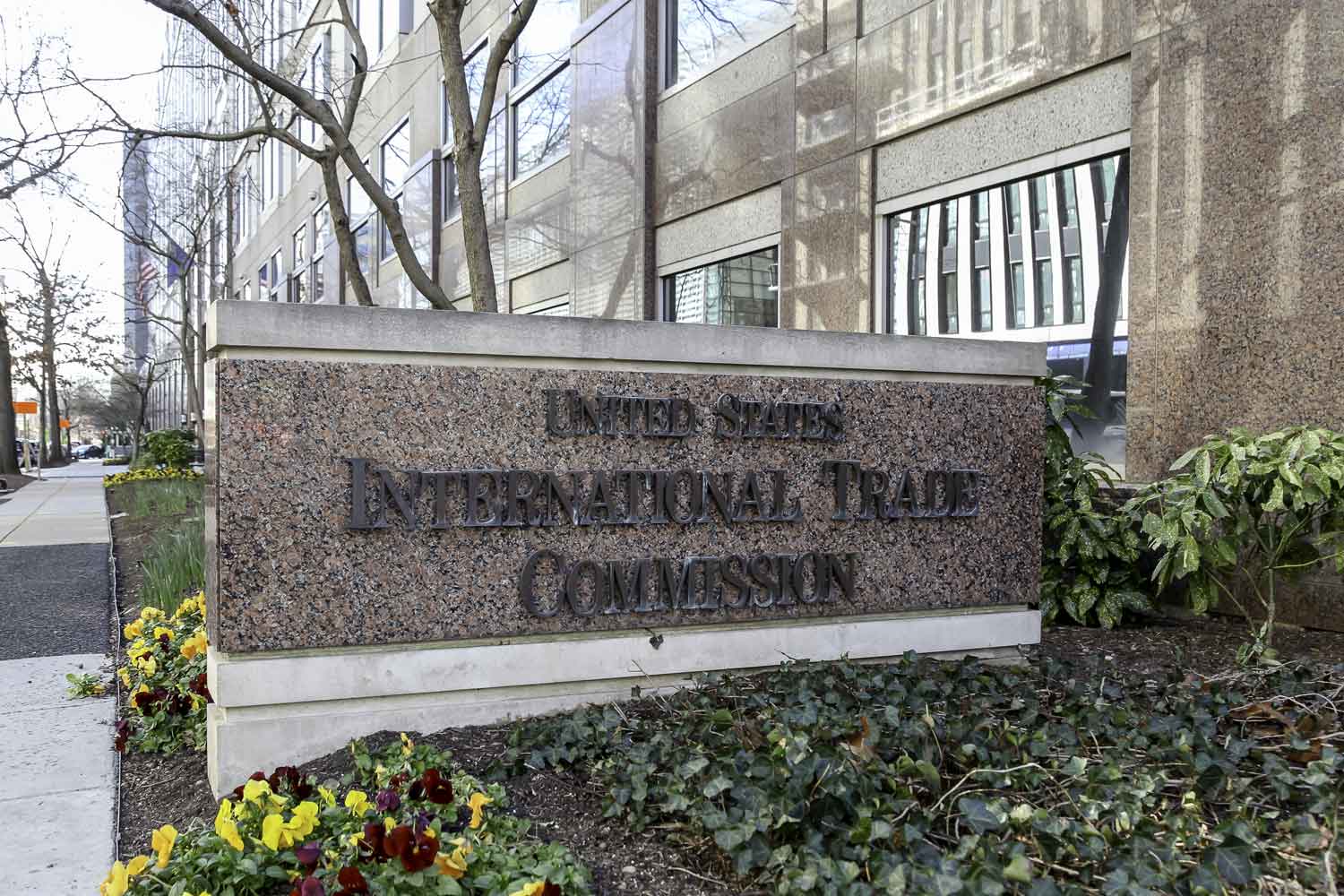On the Bright Side
The Tobacco Reporter questionnaire asked, basically, what is currently positive about the leaf tobacco industry, what is negative and what can be done to improve things.
Njoto identified unhelpful regulations as being a problem for the industry, though he recognized that regulations were necessary in respect of protecting certain industry stakeholders, especially farmers and workers, and also the environment. In fact, he accepted that, in Indonesia, regulations were less strict and made more sense business-wise than those in some other countries and regions. It was also helpful that government-owned tobacco research facilities, laboratories and other institutions had been steadily improved in recent years through increased budget allocations drawn from various tobacco industry-related tax revenues. At the same time, government and private extension services, including the gradual implementation of sustainable tobacco programs required by the major multinationals, were aiding tobacco farmers, workers and other industry stakeholders.
However, he said, it was concerning that “international regulations” were starting to be introduced, and introduced without enough consultation, which meant some were poorly received and adapted and therefore hindered the industry’s stability and development. This situation needed to be improved by ensuring a balance was struck between the health and economic interests of all stakeholders.
Interestingly, ITC, India’s dominant tobacco manufacturer that has been closely linked to the success of the country’s flue-cured tobacco industry, mentioned no problems in its response to the questionnaire, preferring to concentrate on what it sees as the “world’s best public/private partnership model in agriculture,” namely, the Indian tobacco auction system, which was introduced in 1984.
ITC made the point that while flue-cured tobacco occupied less than 0.10 percent of the country’s total arable land area, it was an important, sustainable commercial crop, generating enormous socioeconomic benefits in terms of agricultural employment, farm incomes, revenue generation and foreign exchange earnings. In part, this was down to the Tobacco Board’s e-auction system for this type, which provided for fair assessments of growers’ bales in respect of both weight and grading, healthy competition, fair prices and, importantly, prompt digital payments.
Also accentuating the positive was Frederick de Cramer, a tobacco industry doyen now involved with the production of Latakia tobacco. In Turkey, opportunities were being created by a tobacco law instigated last year requiring cigarette manufacturers to include 10 percent locally grown Virginia in their blends, he said, a figure that was due to rise to 30 percent in four years. Local cut rag operations that bought domestically grown sun-cured Virginia (SCV) and flue-cured Virginia (FCV) were looking into the possibility of providing access to their leaf sources to cigarette manufacturers. But de Cramer pointed out, too, that, currently, there was a need to apply better agricultural practices to increase the quality of the SCV and FCV produced in Turkey for both the domestic and export markets. And there was a need, too, for a good big-leaf processing line.
Turning to the issue of locally grown classical oriental tobacco, de Cramer said a reduction in demand for these varieties was causing concern for the long term. Multinational tobacco manufacturers had reduced their demand for these varieties for a number of reasons but mainly because of price/cost considerations. In recent months, though, the Turkish lira had devalued substantially against the dollar, and it was possible that demand for Turkish oriental tobacco could increase. But there is danger nevertheless, said de Cramer. While classical oriental tobacco had been and still was a vital component of high-quality American-blend cigarettes, multinational manufacturers were no longer supporting this traditional leaf as they had in the past. Demand had been reduced due to several factors, including the switch to nontraditional cigarettes such as e-cigarettes, lower oriental inclusion rates in traditional blends, even the removal of such tobaccos completely from some blends, and import duties in some countries imposing de facto import restrictions.













